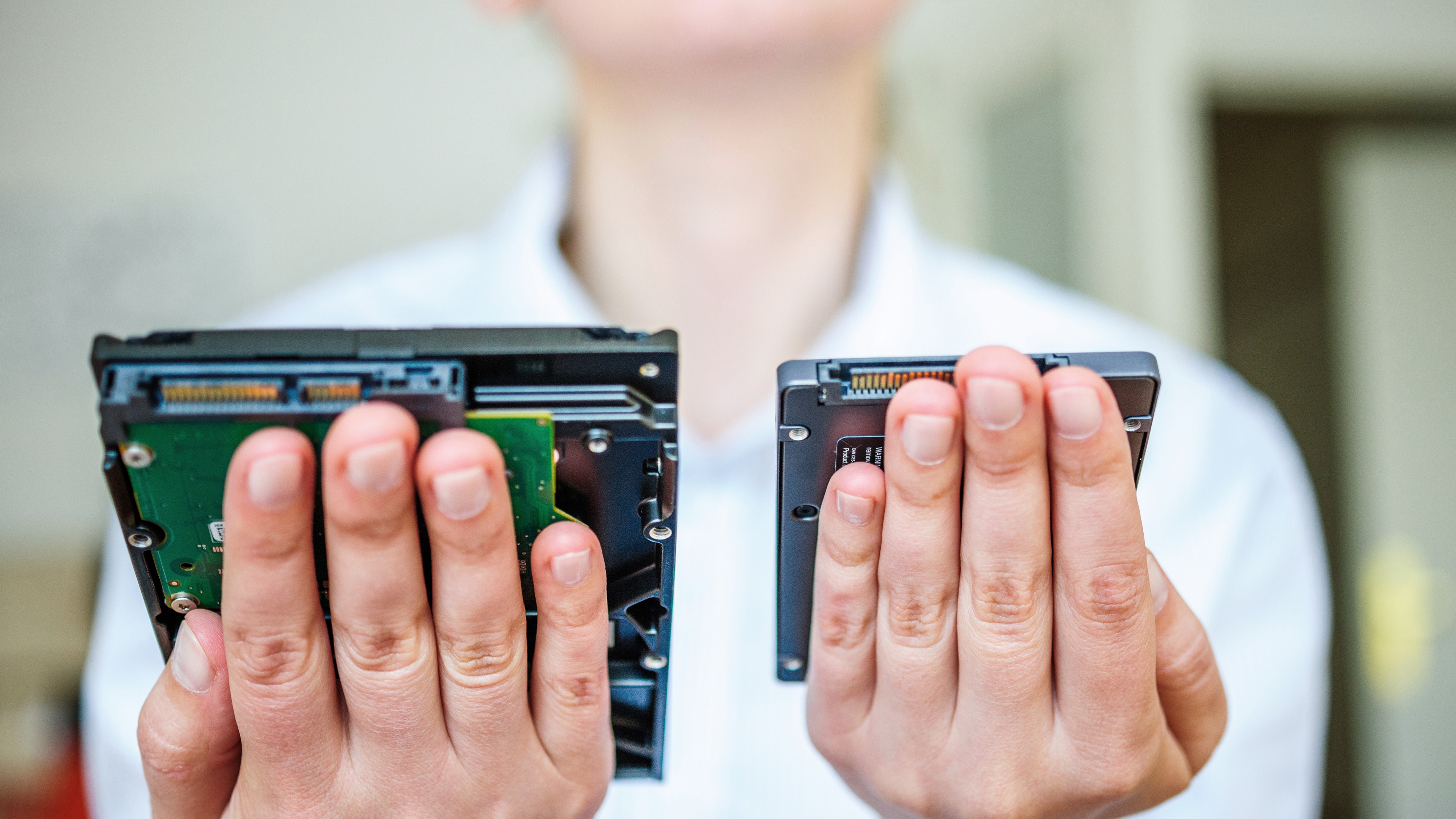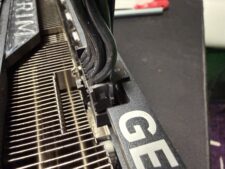Firm Claims HDDs Can Use Less Power Than SSDs

The best SSDs aren’t necessarily the most energy-efficient medium for storage. According to the workloads and drive capacities, a new study from storage provider Scality shows that hard drives can offer between 19% to 94% better power density per drive than SSD.
Unlike SSDs, hard drives have many moving parts, such as mechanical platters or actuator arms. Therefore, the common misperception around SSDs is that they consume less power than hard drives because there aren’t any moving mechanisms. That may not be accurate, according to Scality’s latest tests. The company’s benchmark results reveal that hard drives have a power density advantage over high-density QLC SSDs. Scality used the Micron 6500 ION 30.72TB QLC SSD and the Seagate Exos X22 22TB 7,200 RPM hard drive for comparison. As a quick note, Scality is evaluating power consumption and not performance.
If we look at the TR/watt power-density metric, the hard drive posted 19% read-intensive numbers and 94% write-intensive numbers. At idle, the hard drive consumed 14% more power than the SSD. However, the hard drive had 37% and 68% lower power consumption during active read and write operations. Scality observed similar figures in intensive workloads. For instance, the hard drive consumed 40% and 63% less power in read-intensive and write-intensive workloads, respectively. Scality admitted that the results may change as drive capacities continue to increase in the future.
| Power Data Per Drive | SSD | HDD | HDD Advantage |
|---|---|---|---|
| Idle (watts) | 5 | 5.7 | -14% |
| Active read (watts) | 15 | 9.4 | 37% |
| Active write (watts) | 20 | 6.4 | 68% |
| Read-intensive workload (avg. watts) | 14.5 | 8.7 | 40% |
| Write-intensive workload (avg. watts) | 18 | 6.6 | 63% |
| Power-density read-intensive (TB/watt) | 2.1 | 2.5 | 19% |
| Power-density write-intensive (TB/watt) | 1.7 | 3.3 | 94% |
Scality utilized two different models for testing. The read-intensive workload had 10% idle, 80% reading, and 10% writing. On the contrary, the write-intensive workload consisted of 10% idling, 10% reading, and 80% writing. Each drive was in the mentioned power state for the percentage indicated.
Scality noted that “power consumption does not rise to a main criterion on which to base the SSD vs. HDD decision today.” It all depends on the workload. For example, SSDs are still the best performance option for read-intensive and latency-sensitive workloads. Meanwhile, hard drives remain the preferred medium for unstructured data workloads.













